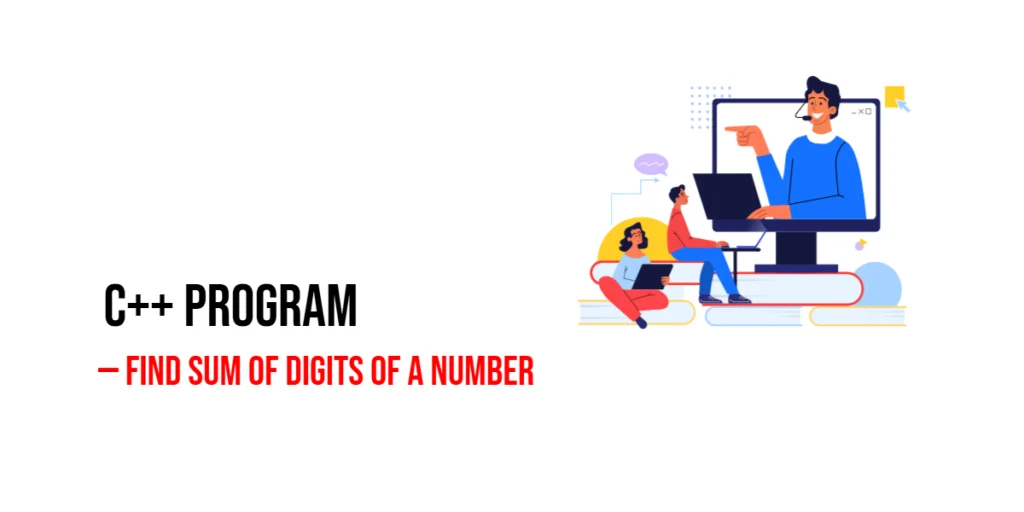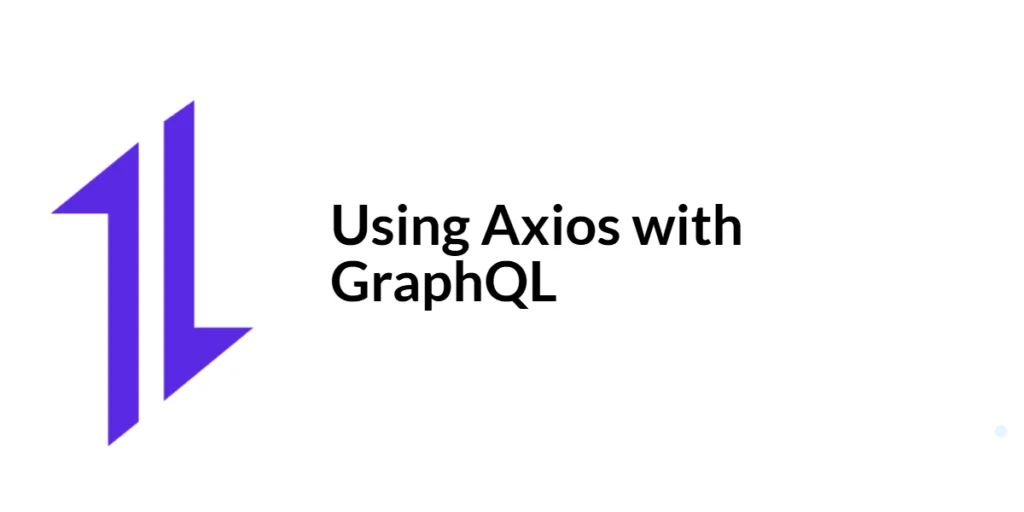Finding the sum of digits of a number is a common programming task that helps beginners understand loops, arithmetic operations, and basic algorithmic thinking. This operation has practical applications in areas like checksum calculations, digital root problems, and simple number analysis. In this article, we will explore multiple ways to calculate the sum of digits in a number using C++ in an easy-to-follow manner.

with hands-on learning.
get the skills and confidence to land your next move.
Program 1: Using a Simple Loop
The most straightforward method to find the sum of digits is by repeatedly extracting the last digit of the number using the modulus operator and adding it to a running total.
#include <iostream>
using namespace std;
int main() {
int n, sum = 0;
cout << "Enter a number: " << endl;
cin >> n;
int temp = n;
while(temp != 0) {
sum += temp % 10; // Add last digit to sum
temp /= 10; // Remove last digit
}
cout << "Sum of digits of " << n << " is " << sum << endl;
return 0;
}In this program, we use a while loop to extract each digit of the number. By dividing the number by 10 after taking the remainder, we gradually reduce it until all digits have been processed. This method is simple, efficient, and ideal for beginners to understand iterative processing and basic arithmetic operations.
Program 2: Using a Function
Encapsulating the sum-of-digits logic into a function makes the program modular and reusable. This approach is useful when you need to calculate sums for multiple numbers or integrate it into larger projects.
#include <iostream>
using namespace std;
int sumOfDigits(int n) {
int sum = 0;
while(n != 0) {
sum += n % 10;
n /= 10;
}
return sum;
}
int main() {
int n;
cout << "Enter a number: " << endl;
cin >> n;
cout << "Sum of digits of " << n << " is " << sumOfDigits(n) << endl;
return 0;
}Here, the function sumOfDigits() handles the core logic, making the main program cleaner and easier to read. Beginners can see how functions allow code reuse and simplify program structure, making it easier to handle multiple inputs without rewriting the same logic.
Program 3: Using Recursion
Recursion is another way to compute the sum of digits, where a function calls itself to process smaller parts of the number until a base case is reached.
#include <iostream>
using namespace std;
int sumOfDigitsRecursive(int n) {
if(n == 0)
return 0;
return n % 10 + sumOfDigitsRecursive(n / 10);
}
int main() {
int n;
cout << "Enter a number: " << endl;
cin >> n;
cout << "Sum of digits of " << n << " is " << sumOfDigitsRecursive(n) << endl;
return 0;
}In this program, sumOfDigitsRecursive() adds the last digit of n to the sum obtained from the remaining digits by calling itself with n / 10. This approach is elegant and demonstrates the power of recursion for problems that can be broken into smaller, identical subproblems. Beginners can practice recursion and understand how the call stack works in solving iterative problems in a different style.
Frequently Asked Questions (FAQ)
Here are some common questions beginners have about calculating the sum of digits:
Q1: Can this work for negative numbers?
Yes, you can take the absolute value of the number using abs(n) to handle negative inputs before summing digits.
Q2: Which method is faster, loop or recursion?
The loop method is generally faster and uses less memory because recursion consumes stack space for each function call.
Q3: Can we use this for very large numbers?
For extremely large numbers, you might need to handle them as strings or use data types like long long since int may overflow.
Q4: Is using a function better than writing the logic in main()?
Yes, using functions promotes modular code, makes programs cleaner, and allows reuse of logic without repeating code.
Conclusion
Calculating the sum of digits in C++ is an excellent exercise for beginners to practice loops, functions, and recursion. We explored three methods: a simple loop, a modular function, and recursion. By trying these methods, learners can strengthen their problem-solving skills and gain confidence in applying basic programming concepts in practical scenarios.
Additional & References
Practicing digit-sum problems helps you understand iterative and recursive approaches and prepares you for more complex number-based algorithms. Beginners are encouraged to experiment with negative numbers, multiple inputs, and combinations with other number properties like factorials or prime checks.
- C++ Reference –
<cmath>– Useful for mathematical operations. - GeeksforGeeks Sum of Digits In C++ – Step-by-step explanations and sample programs.
- Programiz C++ Tutorials – Beginner-friendly tutorials and exercises.
- W3Schools C++ – Practical examples and syntax references.







